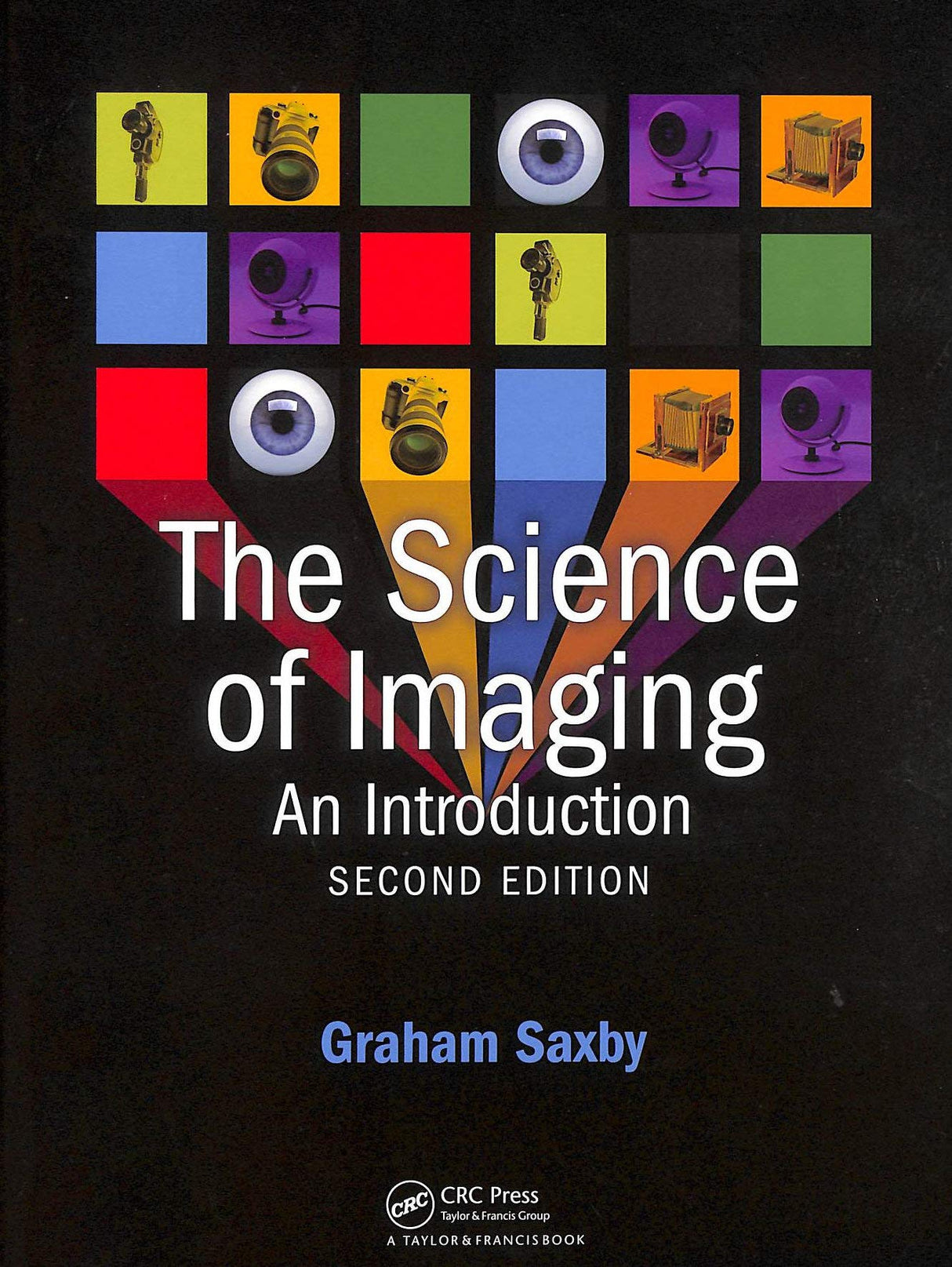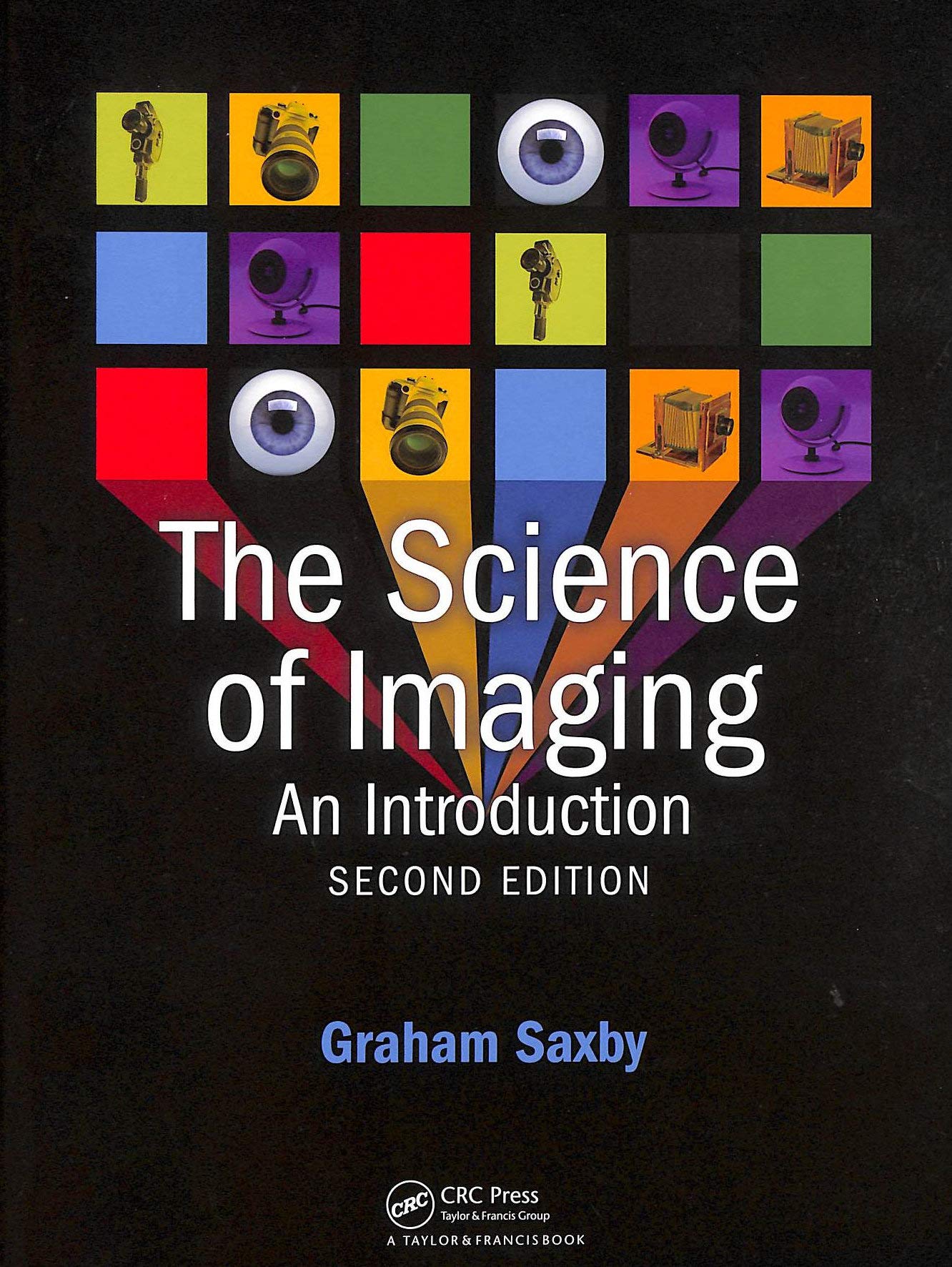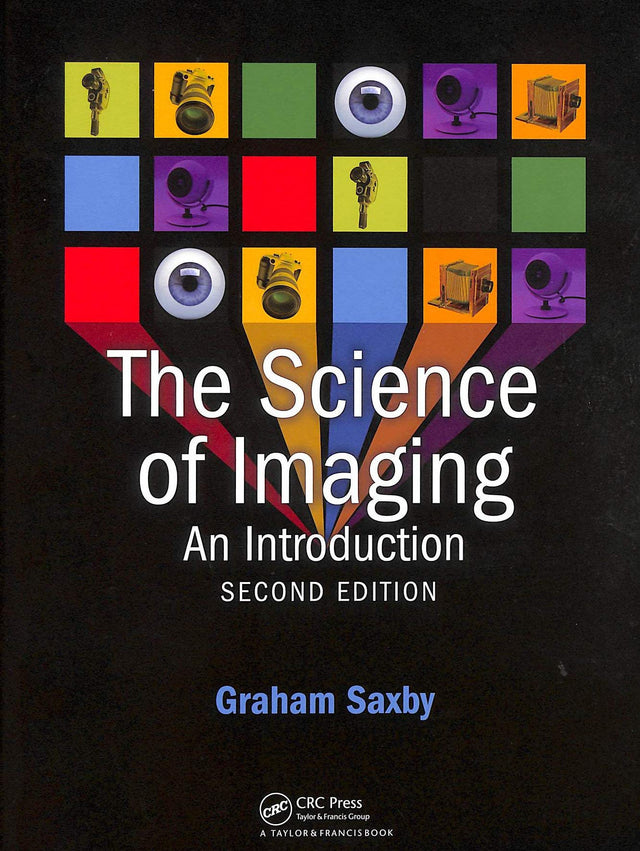The Science of Imaging: An Introduction
The Science of Imaging: An Introduction is backordered and will ship as soon as it is back in stock.
Couldn't load pickup availability
Genuine Products Guarantee
Genuine Products Guarantee
We guarantee 100% genuine products, and if proven otherwise, we will compensate you with 10 times the product's cost.
Delivery and Shipping
Delivery and Shipping
Products are generally ready for dispatch within 1 day and typically reach you in 3 to 5 days.
Book Details
-
Publisher: CRC Press
-
Author: Graham Saxby
-
Language: English
-
Edition: 2nd Edition
-
ISBN: 9781439812860
-
Pages: 352
-
Cover: Hardcover
-
Format: Illustrated
-
Dimensions: 11.0 x 8.7 x 0.9 inches
About the Book
The Fundamentals of Light and Photography provides an in-depth exploration of light and its applications, ranging from basic camera techniques to advanced scientific and medical imaging. This work is designed to guide readers through various aspects of imaging technology, starting with the fundamental principles of light and progressing to more complex topics such as television, holography, and digital recording of images.
The book covers:
-
Fundamentals of Light: Understanding the nature of light and how it affects photography and imaging.
-
Basic Cameras and Photography: An introduction to the basics of cameras, the photographic process, and film development.
-
Advanced Imaging Technologies: In-depth coverage of television, holography, and the latest in scientific and medical imaging.
-
Digital Imaging: Insights into the digital recording of images and modern photographic techniques.
In addition to the theoretical content, this book includes a 16-page color insert with 30 illustrations that enhance understanding and provide visual examples of key concepts. The book is suitable for students and professionals in the fields of photography, imaging, and optics, as well as anyone interested in the science of light and photography.





